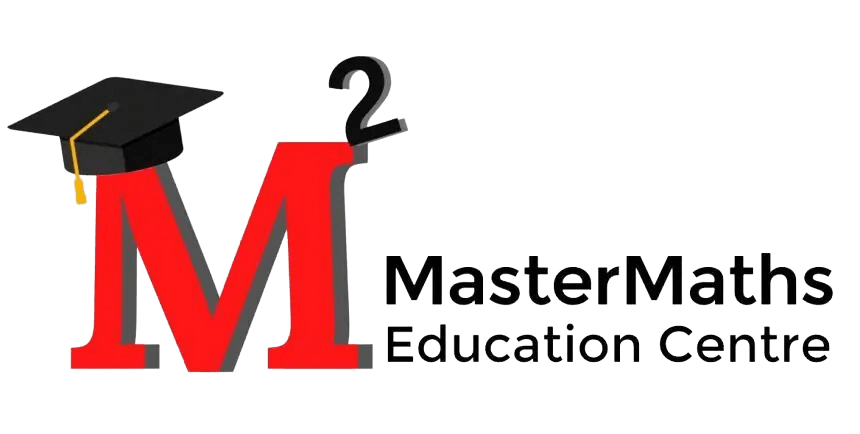What are the 6 D’s and how can any child use them to approach a Higher Order Thinking Skills Problem…

It is a commonplace these days that questions for the Primary & Secondary Mathematics syllabus include questions based on higher order thinking skills. While some may think that these questions are reserved for the “genius” student, I beg to differ.
In the critical thinking world, Solution Fluency is key when it comes to your child’s ability to think on his feet. Solution Fluency is the capacity for creative thinking to solve problems in spontaneously by clearly defining the problem, designing an appropriate solution, executing the solution and then assessing the key information and the result of our answers.
To help with developing solution fluency, the 6 D’s are at our disposal to use.
DEFINE – Make full sense of the problem at hand and decide exactly what needs to be solved.
DISCOVER – Give the problem context by extracting key information presented in the question.
DREAM – Visualise a solution to the problem by using methods/heuristics that you have learnt.
DESIGN – Plan your step by step solutions in your mind and then on a rough piece of paper.
DELIVER – Write down your step by step solution.
DEBRIEF – Reflect on your answer by asking if the solution you presented matches the information in the question.

(a) Fill in the blanks.
(b) What is the total number of triangles in figure 250?
(c) What is the percentage of grey triangles in figure 250?
Tough Mathematics problems that require deep thinking can be solved by first practising your skills in Solution Fluency. The next time you see a tough question like this PSLE one, think about the 6 D’s process.
Coach Irfan Musthapa
Team MasterMaths
